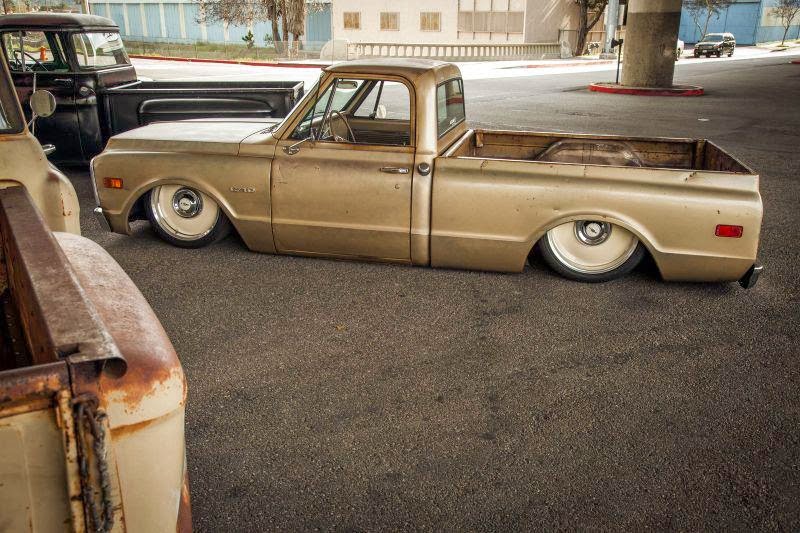Wheel Vintiques Artillery Wheel, Chrome Plated Wheel Vintiques Gennie
20 Inch Smoothie Wheels - One of the wheels is a circular component that is intended to rotate for an axle bearing. The wheel is one of the main aspects of the wheel and axle which is among the six simple machines. Wheels, in partnership with axles, allow heavy objects that should be moved easily facilitating movement or transportation while supporting a load, or performing labor in machines. Wheels may also be intended for other purposes, maybe a ship's wheel, tyre, potter's wheel and flywheel.Common examples are merely in transport applications. A wheel greatly reduces friction by facilitating motion by rolling together while using axles. For wheels to rotate, some time should be relevant to the wheel about its axis, either by means of gravity or by the usage of another external force or torque.The English word wheel hails from the Old English word hweol, hweogol, from Proto-Germanic *hwehwlan, *hwegwlan, from Proto-Indo-European *kwekwlo-, a prolonged mode of the main *kwel- "to revolve, move ".Cognates within Indo-European include Icelandic hjól "wheel, tyre", Greek κύκλος kúklos, and Sanskrit chakra, link units both meaning "circle" or "wheel ".Precursors of wheels, labeled "tournettes" or "slow wheels", were known within the Middle East by the 5th millennium BCE (one of the primary examples was discovered at Tepe Pardis, Iran, and dated to 5200–4700 BCE). These folks made from stone or clay and secured to the ground having a peg within the center, but required effort to turn. True (freely-spinning) potter's wheels were apparently utilised in Mesopotamia by 3500 BCE and perhaps as soon as 4000 BCE, and then the oldest surviving example, which has been located in Ur (modern day Iraq), dates to approximately 3100 BCE.The first evidence of wheeled vehicles appears in your last half from the 4th millennium BCE, near-simultaneously in Mesopotamia (Sumerian civilization), the Northern Caucasus (Maykop culture) and Central Europe (Cucuteni-Trypillian culture), therefore question that culture originally invented the wheeled vehicle 's still unsolved.The primary well-dated depiction of the wheeled vehicle (here a wagon — four wheels, two axles) is for the Bronocice pot, a c. 3500 – 3350 BCE clay pot excavated in a very Funnelbeaker culture settlement in southern Poland.The oldest securely dated real wheel-axle combination, that from Stare Gmajne near Ljubljana in Slovenia (Ljubljana Marshes Wooden Wheel) has become dated in 2σ-limits to 3340–3030 BCE, the axle to 3360–3045 BCE.2 types of early Neolithic European wheel and axle are known; a circumalpine style of wagon construction (the wheel and axle rotate together, that is to say Ljubljana Marshes Wheel), which within the Baden culture in Hungary (axle doesn't rotate). They both are dated to c. 3200–3000 BCE.In China, the wheel was certainly present when using the adoption of one's chariot in c. 1200 BCE,although Barbieri-Low[9] argues for earlier Chinese wheeled vehicles, c. 2000 BC.
Related Images with Wheel Vintiques Artillery Wheel, Chrome Plated Wheel Vintiques Gennie
chrome smoothie wheels 6 lug chevy trucks $ 69 00 each chrome wheels

Hot 4x4 offroad steel beadlock wheel
Hot 4x4 offroad steel beadlock wheel
C10 Smoothies Related Keywords amp; Suggestions C10 Smoothies Long Tail

| TITLE: | Wheel Vintiques Artillery Wheel, Chrome Plated Wheel Vintiques Gennie |
| IMAGE URL: | http://ww1.prweb.com/prfiles/2014/09/10/12159460/wvi-19-500505.jpg |
| THUMBNAIL: | https://tse4.mm.bing.net/th?id=OIP.EnpPlldnkjA1OPMm6BZC4wEsEs&pid=Api&w=180&h=181 |
| IMAGE SIZE: | 2669591 B Bs |
| IMAGE WIDTH: | 2670 |
| IMAGE HEIGHT: | 2670 |
| DOCUMENT ID: | OIP.EnpPlldnkjA1OPMm6BZC4wEsEs |
| MEDIA ID: | 425B6956FEF7CF72FA9D0AA091103A6F17E64D81 |
| SOURCE DOMAIN: | prweb.com |
| SOURCE URL: | http://www.prweb.com/releases/2014/09/prweb12159460.htm |
| THUMBNAIL WIDTH: | 180 |
| THUMBNAIL HEIGHT: | 181 |
Related Images with Wheel Vintiques Artillery Wheel, Chrome Plated Wheel Vintiques Gennie
chrome smoothie wheels 6 lug chevy trucks $ 69 00 each chrome wheels

Hot 4x4 offroad steel beadlock wheel
Hot 4x4 offroad steel beadlock wheel
C10 Smoothies Related Keywords amp; Suggestions C10 Smoothies Long Tail

Tidak ada komentar:
Posting Komentar